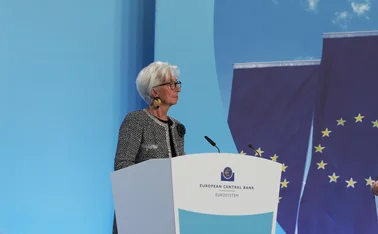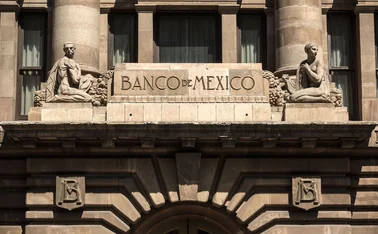
‘Key currencies’ affect patterns of global imbalances – BIS paper
Authors say it is important to think about a “dollar zone” not just the dollar

Thinking about currency “zones” instead of currencies themselves can shed important light on global imbalances, according to research published by the Bank for International Settlements.
Robert McCauley and Hiro Ito divide the world into zones according to the co-movement of national currencies with a set of “key currencies”. The “dollar zone” accounts for “well over” half of global GDP.
Thinking about the world in this way changes the perspective on global imbalances, they write in the
Only users who have a paid subscription or are part of a corporate subscription are able to print or copy content.
To access these options, along with all other subscription benefits, please contact info@centralbanking.com or view our subscription options here: subscriptions.centralbanking.com/subscribe
You are currently unable to print this content. Please contact info@centralbanking.com to find out more.
You are currently unable to copy this content. Please contact info@centralbanking.com to find out more.
Copyright Infopro Digital Limited. All rights reserved.
As outlined in our terms and conditions, https://www.infopro-digital.com/terms-and-conditions/subscriptions/ (point 2.4), printing is limited to a single copy.
If you would like to purchase additional rights please email info@centralbanking.com test test test
Copyright Infopro Digital Limited. All rights reserved.
You may share this content using our article tools. As outlined in our terms and conditions, https://www.infopro-digital.com/terms-and-conditions/subscriptions/ (clause 2.4), an Authorised User may only make one copy of the materials for their own personal use. You must also comply with the restrictions in clause 2.5.
If you would like to purchase additional rights please email info@centralbanking.com test test test







